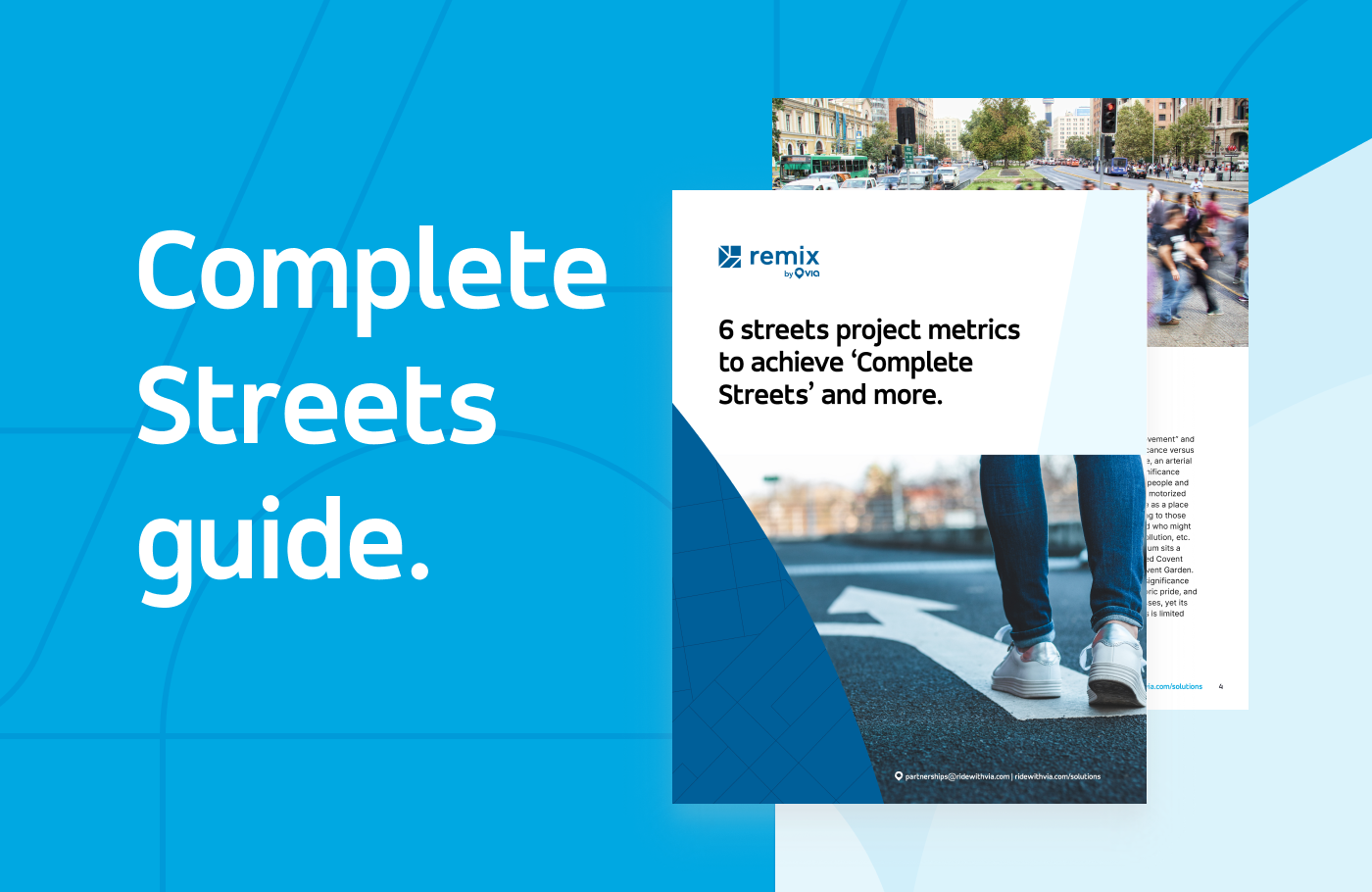Start reading.
Cities have been creating policies that aim toward Complete Streets globally for years — over 1600 Complete Streets policies have already passed in the United States alone. But how do these policies ultimately trickle down into practical design?
The World Health Organization estimates that 1.35 million people across the world are killed in road traffic accidents every single year. The problem is particularly acute in the United States, where the ongoing litany of traffic fatalities has spurred the introduction of a new Safe Streets and Roads for All program, offering $5 billion over the next 5 years.
In order to achieve safety (among other goals), planners need more than funding. They need flexibility, permissions, and incentives to measure their projects based on outcomes that align with a multimodal policy. We put together six key metrics to guide you toward Complete Streets objectives.

